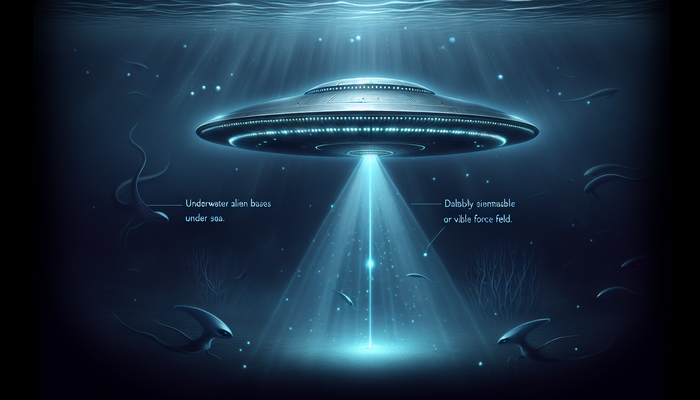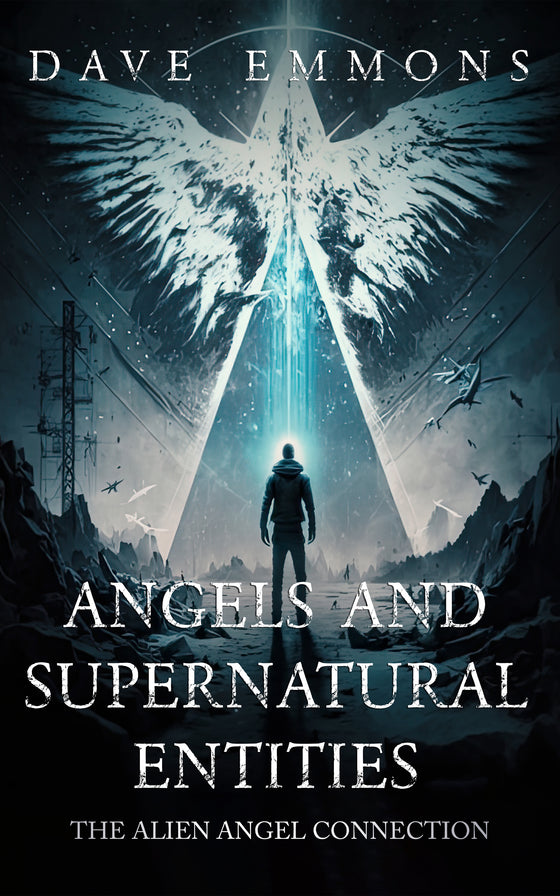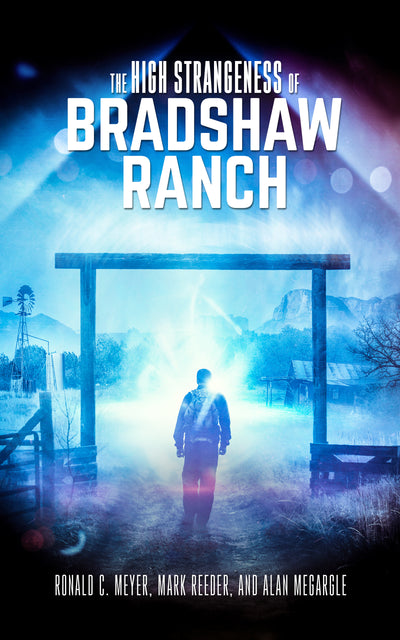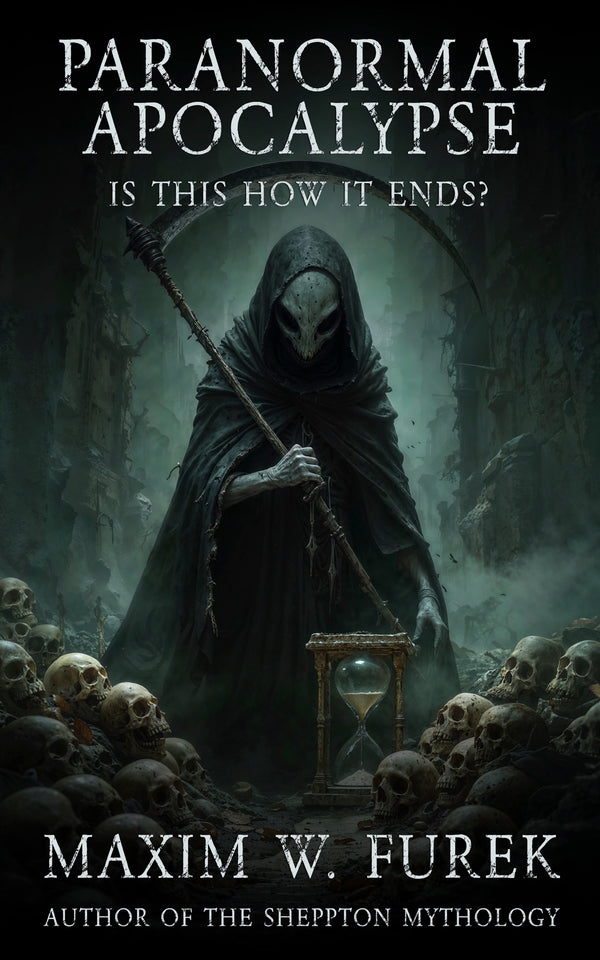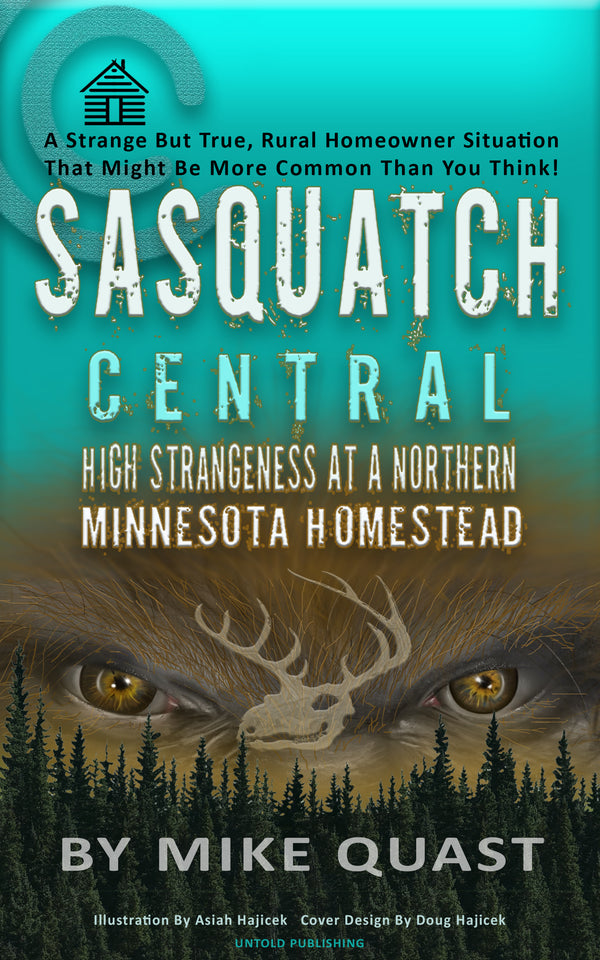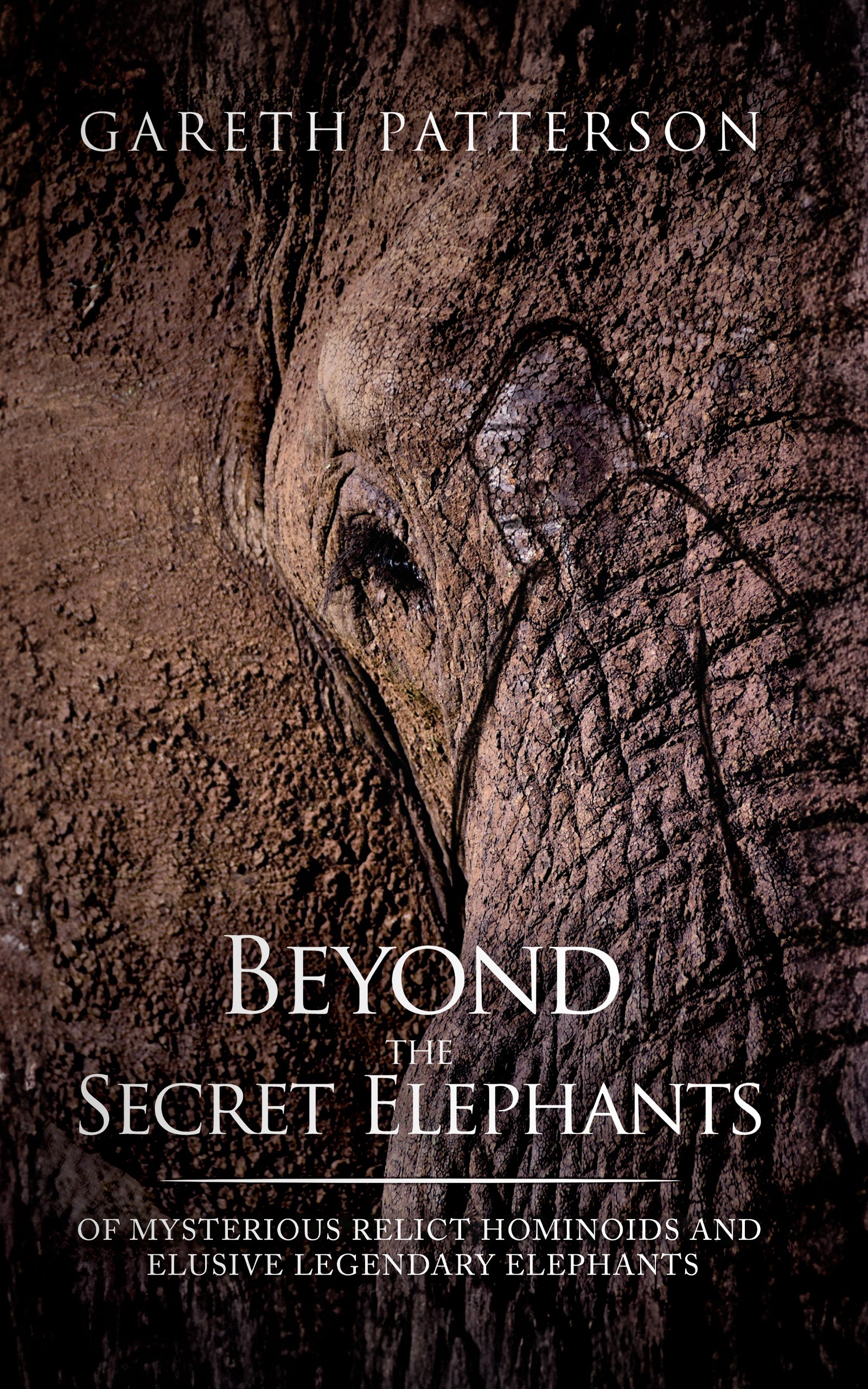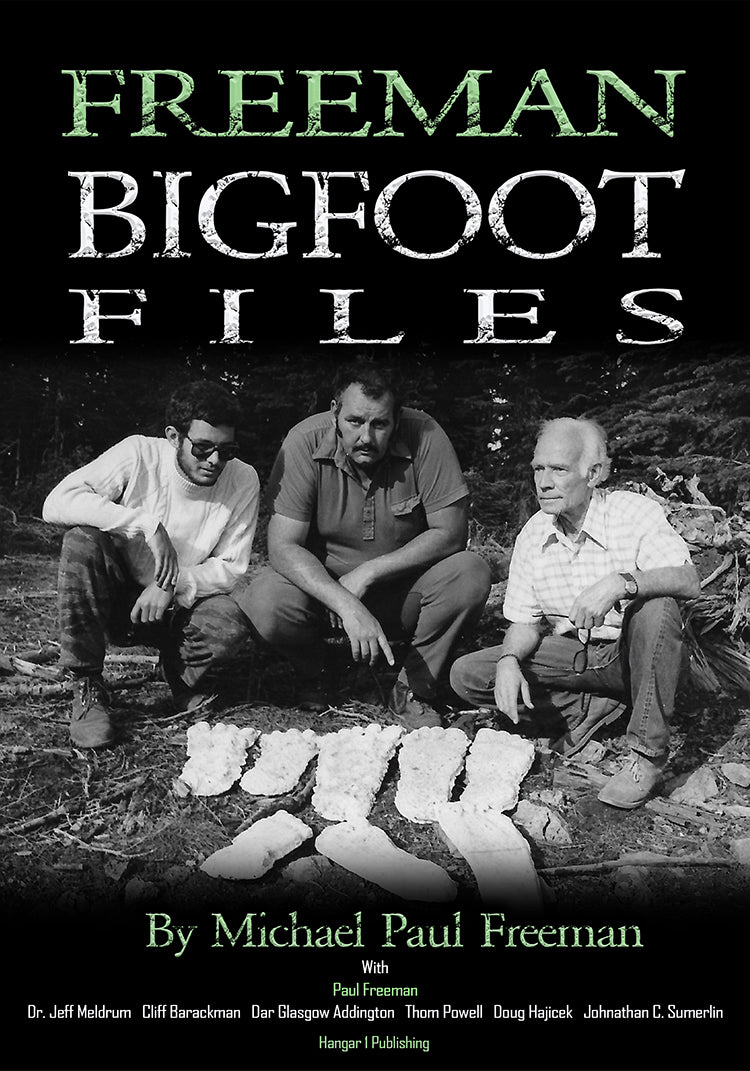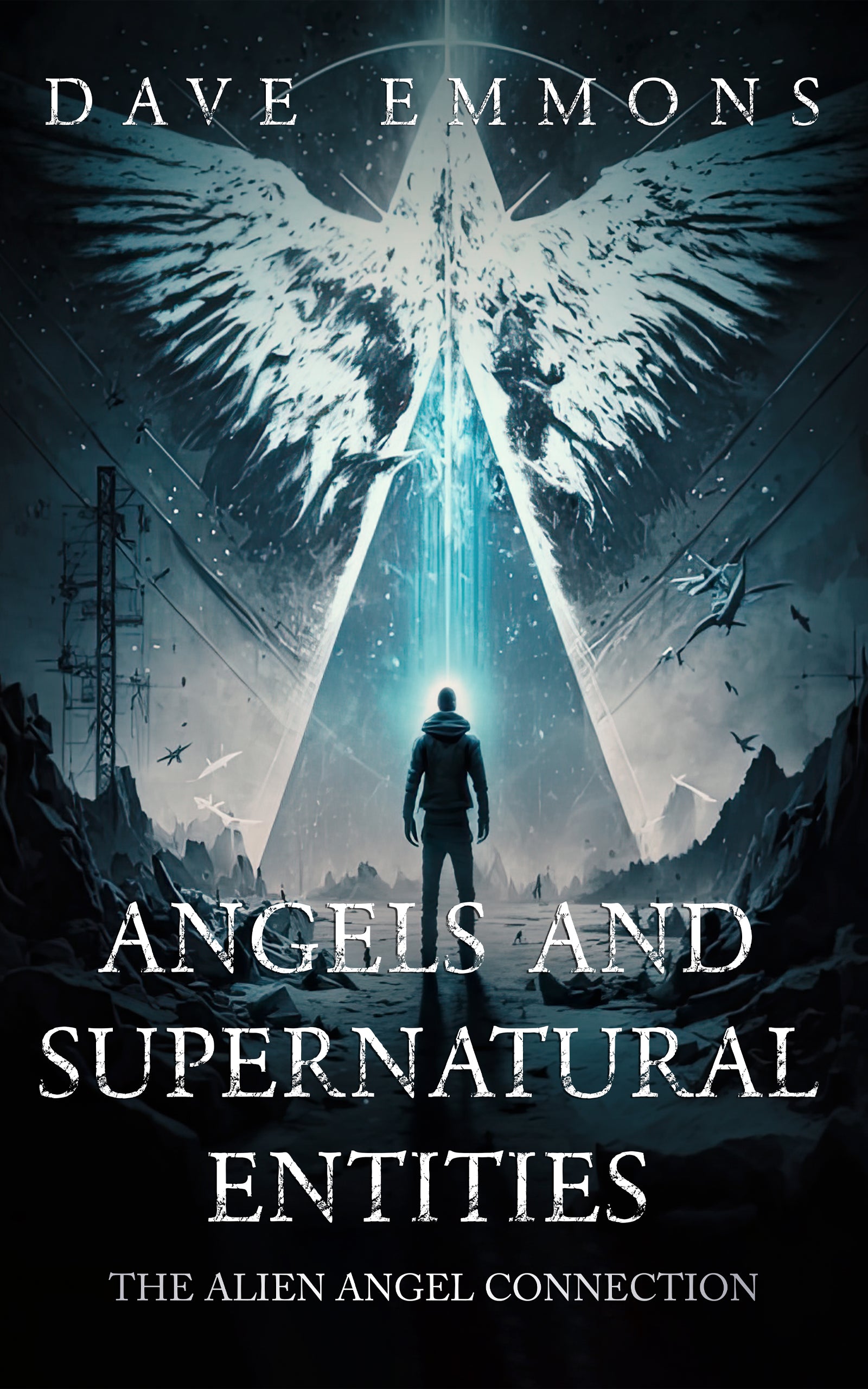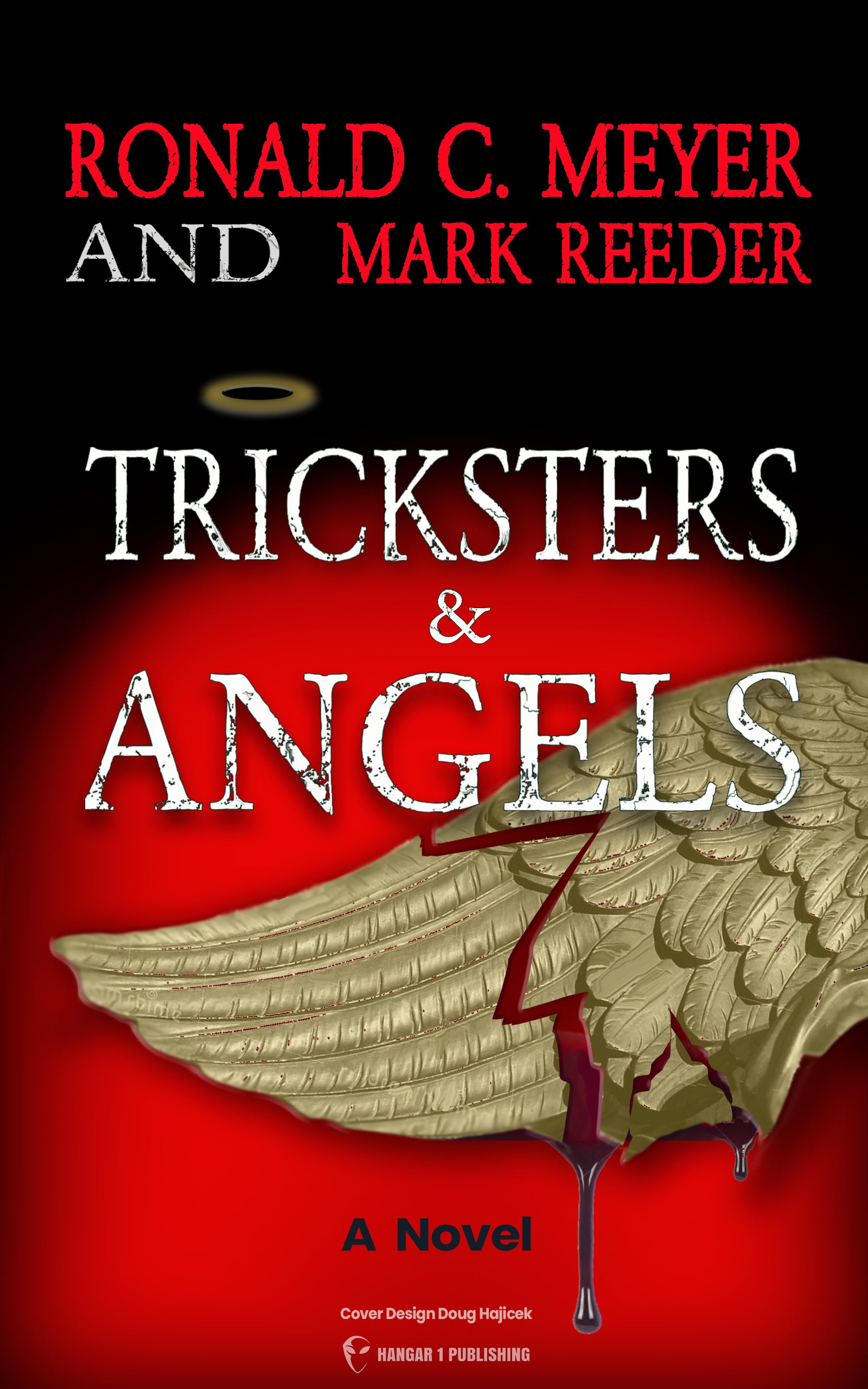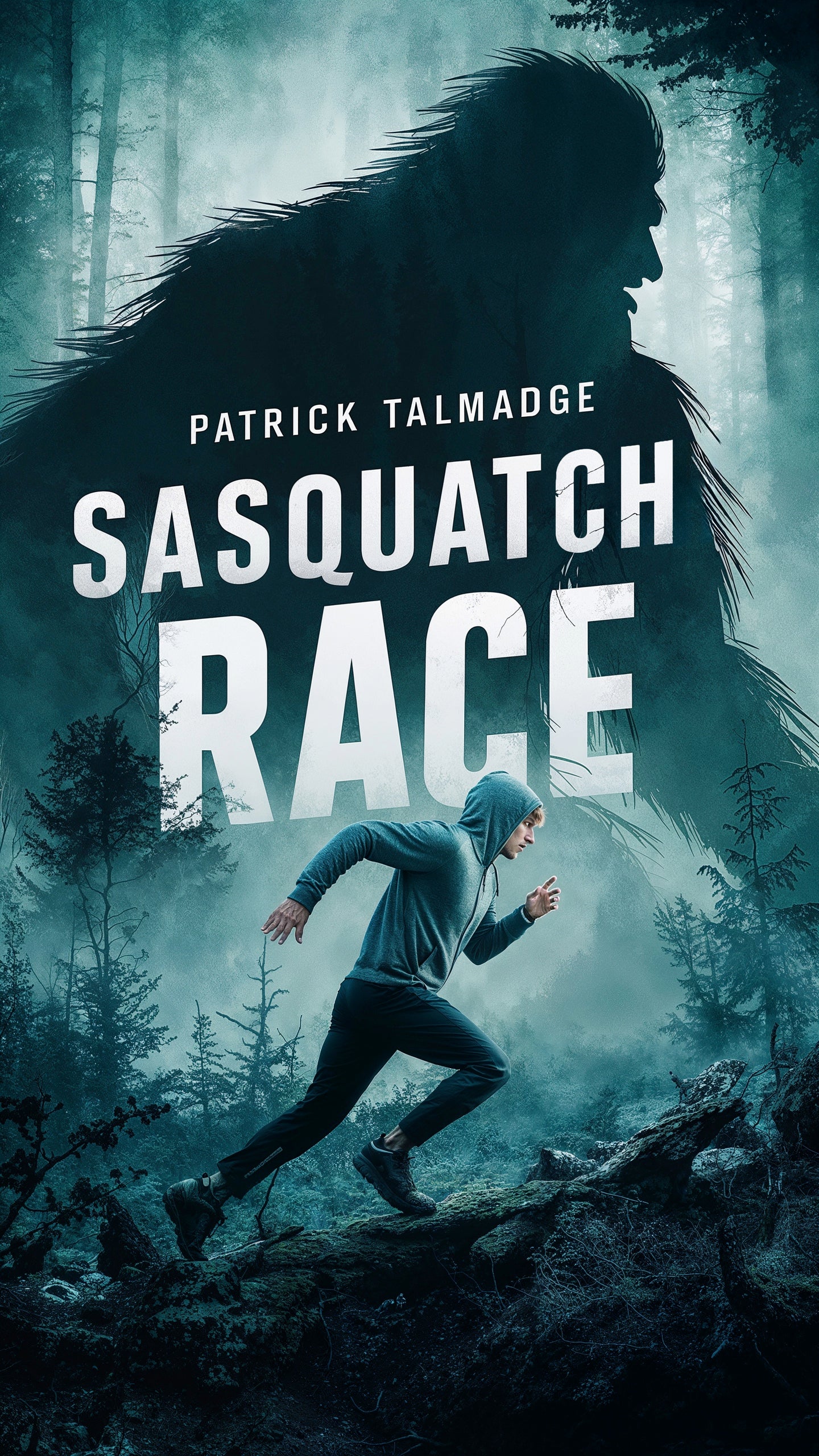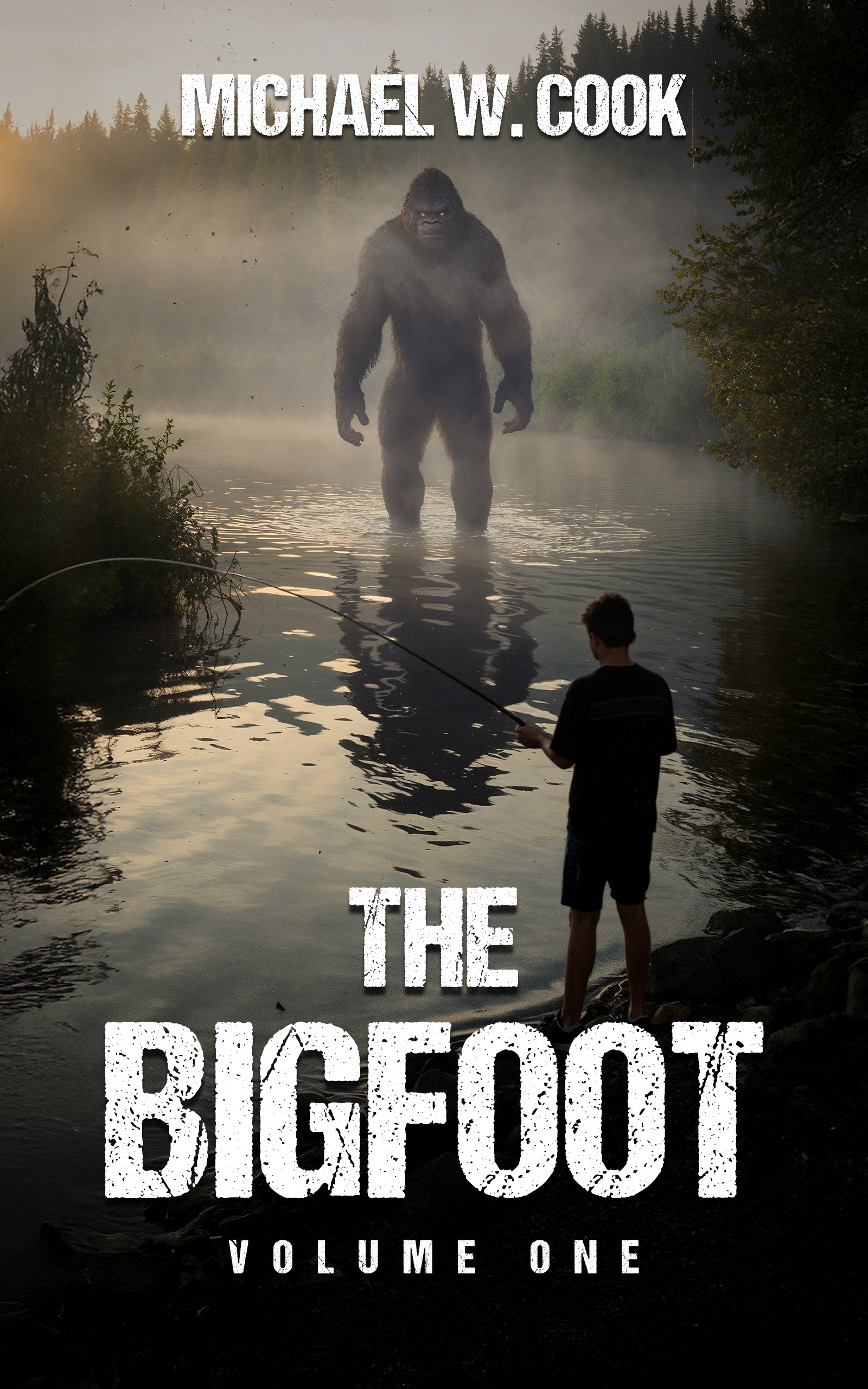Ancient Nuclear Wars Theory: Forgotten History or Modern Myth?
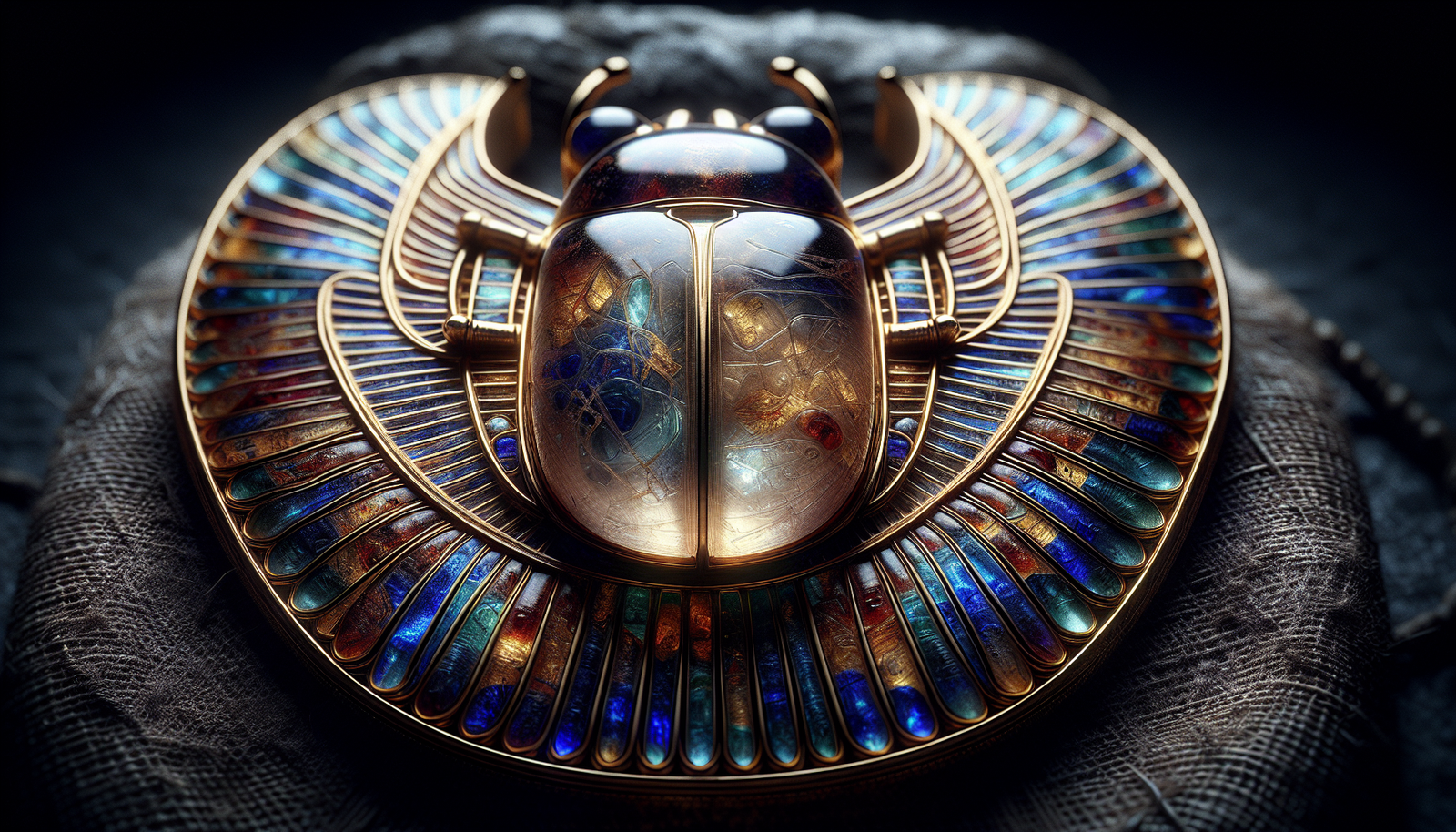
By Elaine Westfield, Ufologist
The atomic age began on July 16, 1945, in the New Mexico desert-or so we're told. But what if that morning's blinding flash wasn't humanity's first dance with the atom's terrible power? What if advanced civilizations rose and fell thousands of years ago, annihilating themselves in conflicts we're only now capable of understanding?
This isn't idle speculation from science fiction writers. It's a theory that spans from the creator of the modern atom bomb to dusty verses in ancient Indian epics, from vitrified ruins of forgotten cities to the red sands of Mars. The Ancient Nuclear Wars Theory suggests that one or more prehistoric civilizations possessed and used nuclear-style weaponry, leading to their own destruction. It's where compelling circumstantial evidence collides head-on with rigorous scientific skepticism.
The Oppenheimer Paradox: Did the Father of the Bomb Uncover a Precedent?
J. Robert Oppenheimer wasn't just a physicist-he was a polymath who studied Sanskrit alongside quantum mechanics, who could quote the Bhagavad Gita as easily as Einstein. This Hindu text, which he called "the most beautiful philosophical song existing in any known tongue," became so central to his worldview that he habitually gifted copies to friends long before the Manhattan Project was even conceived.
On that fateful morning in 1945, as the Trinity test lit up the desert with the force of twenty thousand tons of TNT, Oppenheimer's response wasn't one of scientific triumph. Instead, he reached for ancient verse: "Now I have become Death, the destroyer of worlds." These weren't his words-they belonged to the god Vishnu, spoken thousands of years earlier in the Gita when revealing his cosmic form to Prince Arjuna.
For most, it was a philosopher's lament at creating such a terrible weapon. But for those who believe in ancient nuclear wars, it was something else entirely: recognition. Here was Oppenheimer, staring at a mushroom cloud, quoting a text that seemed to describe exactly what he was witnessing.
The story gets stranger. Years later, during a university lecture, a student allegedly asked Oppenheimer if Trinity was the first atomic bomb ever detonated. His response? "Yes, in modern times."
Three words that launched a thousand theories. Was this the world's foremost nuclear expert hinting at knowledge gleaned from Sanskrit texts? A veiled admission that atomic warfare had scarred the Earth before?
The Ancient Texts as Blueprints for Annihilation
The Mahabharata and Ramayana aren't just epic poems-they're detailed accounts of gods and heroes wielding weapons that sound disturbingly familiar to anyone who's studied nuclear warfare. The texts speak of vimanas, flying machines capable of delivering devastating payloads at high speeds. But it's the weapons themselves that make modern readers pause.
The brahmastra stands out as the ultimate weapon, described as "a single projectile charged with all the power of the Universe." When deployed, it creates "an incandescent column of smoke and flame as bright as 10,000 suns." The parallels to a mushroom cloud are hard to ignore.
But it's the aftermath that truly chills. The texts describe:
- Corpses "so burned as to be unrecognizable"
- Warriors whose "hair and nails fell out"
- Food supplies that became "infected"
- Pottery that "broke without apparent cause"
- Soldiers desperately throwing themselves into rivers "to wash themselves and their equipment"
To believers like David Hatcher Childress, these aren't poetic flourishes but technical descriptions of thermal radiation, blast effects, and radiation sickness. How could ancient poets imagine symptoms so specific to nuclear exposure-hair loss, contaminated food, the desperate need to wash away invisible contamination?
Yet skeptics like Jason Colavito have traced these quotes to their sources and found troubling discrepancies. The most sensational passages often come not from ancient texts but from a 1960 French book, Morning of the Magicians, which assembled and embellished different verses. The actual Mahabharata passage about hair and nails? It describes rats and mice chewing them off sleeping men as a bad omen. The "thousand suns"? A description of Vishnu's divine radiance, not a physical explosion.
The debate rages: Are we reading eyewitness accounts of prehistoric nuclear war, or are we projecting our modern fears onto ancient poetry?
The Hindu texts aren't alone in their disturbing descriptions. Researchers like Chris H. Hardy and Zecharia Sitchin point to Sumerian tablets telling of wars between the Anunnaki gods. According to their interpretation, these conflicts culminated in a vote to deploy nuclear weapons against five cities in the Jordan Plain-including Sodom and Gomorrah. The radioactive fallout allegedly drifted over Mesopotamia, destroying the entire Sumerian civilization.
The Earth as a Crime Scene: Examining the Physical Evidence
If ancient texts provide the testimony, then archaeological sites offer the physical evidence. No site is more central to the ancient nuclear war theory than Mohenjo-Daro, the "Mound of the Dead" in Pakistan.
The Mystery of Mohenjo-Daro
This wasn't some primitive settlement. Built around 2500 BCE, Mohenjo-Daro featured a sophisticated grid layout, multi-story homes with individual toilets, and an advanced drainage system that would impress modern urban planners. Then, around 1900 BCE, this thriving metropolis was suddenly abandoned.
British researcher David Davenport spent years investigating the ruins and claimed to have found evidence of an ancient atomic blast. At the site's center, he identified a 50-yard radius where everything appeared fused and glassified. Bricks and pottery had melted together, requiring temperatures exceeding 1,500 degrees Celsius-far beyond what any conventional ancient fire could produce.
In 2014, mineralogist Dr. Sam Iyengar analyzed pottery fragments from Mohenjo-Daro. His X-ray diffraction tests revealed the clay had been subjected to temperatures between 4,000 and 5,000 degrees Fahrenheit. In his words, "That is not something a civilization can do intentionally. It has to be something supernatural."
Even more disturbing were the skeletons. Archaeologists found 44 bodies scattered throughout the city, some holding hands, apparently struck down in mid-stride. Soviet scientists allegedly measured radiation levels 50 times higher than normal. Nearby in Rajasthan, researchers reported a three-square-mile area covered in radioactive ash.
But mainstream archaeology tells a different story. Those skeletons? They were found at different stratigraphic levels, meaning they died over a period of perhaps a thousand years, not in a single catastrophic event. The "bodies in the streets" were actually hasty burials made during the city's later period, when newer buildings had been constructed over old roads.
The radioactivity claims are even more problematic. No peer-reviewed archaeological papers confirm these readings. The source of these claims can't be traced to any scientist directly involved with the excavations.
Most damning of all: the city's mud-brick buildings are still standing, some 15 feet high. Any nuclear blast powerful enough to vitrify rock would have leveled these fragile structures instantly.
Desert Glass and Other Anomalies
The mystery extends far beyond India. In the Libyan Desert, vast fields of yellow-green glass carpet the sand. This glass, dated at 28 million years old, requires formation temperatures above 1,700 degrees Celsius. When Albion W. Hart, an engineer on the Trinity Project, saw this desert glass, he noted its identical appearance to the trinitite formed at the New Mexico test site. By his calculations, creating that much glass would require a blast thousands of times more powerful than Trinity.
Scientists propose these glass fields resulted from cosmic airbursts-meteors or comets exploding in the atmosphere, superheating the ground without leaving impact craters. But theorists note the glass's remarkable purity (99% silica) seems inconsistent with meteoric contamination. They also point to the Lonar crater in India-a massive circular depression showing evidence of extreme heat and pressure, yet mysteriously lacking any meteoric material.
The Cosmic Echo: A Nuclear Massacre on Mars?
The theory takes its wildest turn when we leave Earth entirely. Harvard astrophysicist John Brandenburg has proposed that intelligent Martian life was exterminated in an ancient nuclear attack by another alien race.
Brandenburg's Martian Evidence
Brandenburg's evidence centers on several anomalies:
- Mars' atmosphere contains unusually high concentrations of Xenon-129, an isotope produced by nuclear fission
- The planet's surface shows elevated uranium and thorium levels
- He identifies two potential blast sites near the Cydonia region, famous for its "Face on Mars"
Brandenburg suggests these were airburst explosions, explaining the lack of craters. He estimates the combined yield at 10 billion megatons-a number that defies comprehension.
Adding an eerie dimension to Brandenburg's claims, a declassified 1984 CIA document describes a remote viewing project where psychics were asked to look at Mars. They reported visions of pyramids, a dying humanoid civilization, and a catastrophic event that had destroyed their world.
NASA, unsurprisingly, attributes Mars' isotopic anomalies to billions of years of natural geological processes and asteroid impacts. The "Face" and other structures are dismissed as tricks of light and shadow on natural formations.
Echoes in the Modern Psyche: A Story About Us
Why does this theory persist despite scientific rebuttals? Jason Colavito argues it's less about ancient history and more about modern anxiety. The theory gained popularity during the Cold War, when humanity first grappled with the reality of potential self-annihilation. We began projecting our nuclear fears onto the past.
The Ancient Nuclear Wars Theory serves a dual psychological purpose. It's simultaneously a warning-a great civilization destroyed itself with atomic power, and we must not repeat their mistake-and a strange comfort. If humanity survived nuclear war before, we can survive it again.
This cyclical view of history challenges our assumption of inevitable progress. As one researcher noted, "In the 200,000 years since the evolution of homo sapiens... perhaps it is more unbelievable that we would be the first ones to have come this far."
The parallels to our present are unsettling. Just as theorists see ancient texts describing nuclear war, modern experts warn that artificial intelligence could increase nuclear risks by undermining deterrence theory. The Doomsday Clock stands at 89 seconds to midnight-the closest it's ever been-largely due to nuclear tensions from the Ukraine conflict.
Are we the first civilization to face the terrible responsibility of ultimate power? Or are we merely the latest, following a path worn smooth by forgotten predecessors?
An Unresolved Legacy: The Questions That Remain
The evidence has been presented, the experts have spoken, and the skeptics have countered. Yet fundamental questions persist:
Why do ancient epics contain descriptions that so perfectly mirror the effects of our most terrifying weapons? What force was powerful enough to vitrify vast stretches of desert and leave behind radioactive ruins? What really caused the synchronous collapse of sophisticated Bronze Age civilizations?
Perhaps the most profound question isn't whether ancient nuclear wars actually occurred, but what the theory reveals about us. In our mythmaking about the past, we reveal our deepest fears about the present and future. The Ancient Nuclear Wars Theory forces us to confront the fragility of civilization and the awesome responsibility that comes with ultimate power.
Is this forgotten history etched in stone and scripture, a warning from civilizations that learned too late the price of splitting the atom? Or is it a modern myth, a story we tell ourselves to process the terrifying reality that we now hold the power to write the final chapter of human history?
The ruins remain silent. The texts offer their cryptic verses. And somewhere between the vitrified glass of ancient deserts and the red dust of Mars, the truth waits-patient, enduring, and perhaps more unsettling than either explanation alone.
From Bigfoot to UFOs: Hangar 1 Publishing Has You Covered!
Explore Untold Stories: Venture into the world of UFOs, cryptids, Bigfoot, and beyond. Every story is a journey into the extraordinary.
Immersive Book Technology: Experience real videos, sights, and sounds within our books. Its not just reading; its an adventure.


